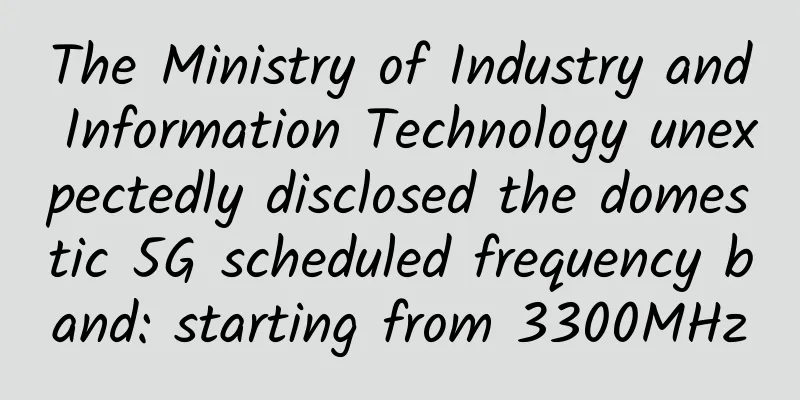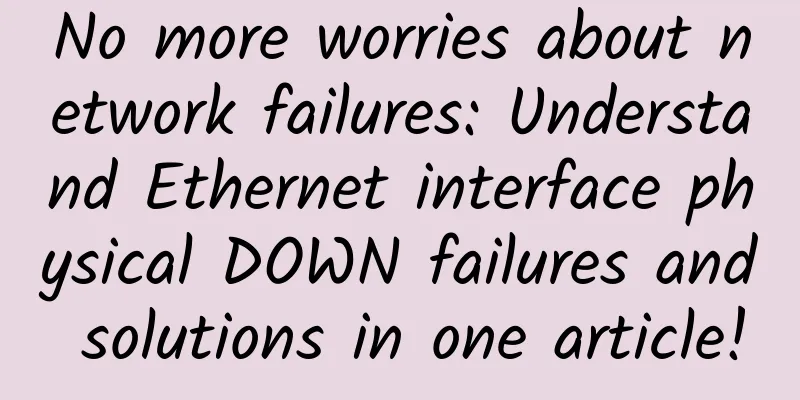This article teaches you how to use C code to parse a network data packet?

|
The purpose of this article is to randomly intercept a network data packet and then parse this memory according to the protocol type. Basic knowledge you need to master to study this article:
The installation and use of the packet capture tool are as follows: "Learn how to capture network data in one article" The video tutorial link is as follows: "Teach you how to capture data packets on the network! Essential skills for hackers" 1. Intercept a network data packetUse the packet capture tool to randomly capture a TCP data packet The data packet information parsed by the Collet packet capture tool is as follows: Memory information of the data packet: The data information can be copied directly: 2. Structures usedNext, I will teach you step by step how to parse the information of these data packets. We can find the definition of the protocol header from the Linux kernel Ether Header:
IP header
TCP header
Because the protocol header length is defined according to the standard protocol, So the Ethernet length is 14, the IP header length is 20, and the TCP header length is 20. The memory space corresponding to each protocol header is as follows: 3. Parsing the Ethernet Header
When executing the following statement,
The member correspondence of the structure pointer variable eth is as follows: The final print result is as follows: 4. Parsing IP headerThe idea of parsing the IP header is very simple. That is, you can find the IP header by offsetting the Ethernet header length (14 bytes) from the pkt header. The parsing code is as follows:
IiP The final analysis results are as follows: It can be seen that we have correctly parsed the IP address, and the result is consistent with the data analyzed by the packet capture tool. The protocol field indicates the protocol type following the IP protocol. Common values are as follows: 5. Parsing TCP headerThe idea of finding the TCP header is very simple. That is, you can find the TCP header by offsetting the Ethernet header length (14 bytes) and the IP header length (20 bytes) from the pkt header.
Correspondence between structure and memory The print results are as follows: 6. Learn to print this memory in different formatsIn actual projects, we may not parse standard TCP/IP protocol packets. It may be our own defined protocol data packet, Once you have mastered the above methods, All protocol analysis is at your fingertips! Sometimes we also need to print the content of the data frame sent by the other party. Often we print out all the data in hexadecimal format. This is most conducive to our analysis of data content. 1. Print by bytesThe code is as follows:
2. Analyze a section of memory by short typeWhen we receive data, although we use an unsigned char array, But sometimes the data sent by the other party may be an array of 2 bytes. Then we just need to use a short pointer to point to the head of the memory. Then you can access the data sent by the other party through this pointer. At this time, you must pay attention to the byte order problem. Different scenarios may be different, so we must analyze specific issues specifically. In this example, network byte order data is converted into host byte order. So the byte order needs to be converted.
The results are as follows: Please contact Yikou Linux public account for reprinting this article. |
<<: Server-Speaks-First is a bit of a bummer, protocol detection and opaque ports in Linkerd 2.10
>>: For the first time in 21 years! SpaceX acquires satellite communications startup
Recommend
Borei Data joins hands with Volcano Engine to build a new cloud and a new future
Recently, Volcano Engine officially released a fu...
RAKsmart: San Jose dedicated server limited flash sale starting at $30/month, optional premium network or CN2 line
RAKsmart is a foreign hosting company operated by...
What does a Web Application Firewall do? How is it different from traditional network devices?
What is a WAF? The full name of WAF is (Web Appli...
5G cannot enhance industry?
There are already more than 1,100 “5G+Industrial ...
Forecast of China's Internet Market Development Trends in 2021
As the COVID-19 pandemic is gradually brought und...
The future of communication in "no man's land" depends on them! Satellite Internet accelerates the arrival of 6G
[[349172]] In sparsely populated deserts and Gobi...
my country's network infrastructure already fully supports IPv6
At the 2020-2021 Global IPv6 Development and Outl...
20 lines of Python code to achieve encrypted communication
1. Introduction The Internet is full of eavesdrop...
Explore different VGG networks. What do you discover?
1 Question Explore different VGG networks. 2 Meth...
5G will explode with AI, cloud, and edge computing
The 5G era has arrived, and all walks of life are...
Comparison of several mainstream wireless technologies in the Industrial Internet of Things
Large-scale production scenarios involve a large ...
V5.NET: Hong Kong dedicated server 40% off, 390 yuan/month-E5-2630L/16GB/480G SSD/10Mbps bandwidth
V5.NET suspended new orders for the backend upgra...
Is the time ripe for “rate experience billing” in 5G multi-dimensional billing?
July 5 During the just-concluded mobile communica...
PostMessage can also be used like this
In daily work, message communication is a very co...
Aruba and Digital China work together to build a smart campus project
On September 19, during the Atmosphere 2017 confe...









